Affiliate links on Android Authority may earn us a commission. Learn more.
What will smartphones of the future look like? Here are 5 crazy ideas
November 26, 2024
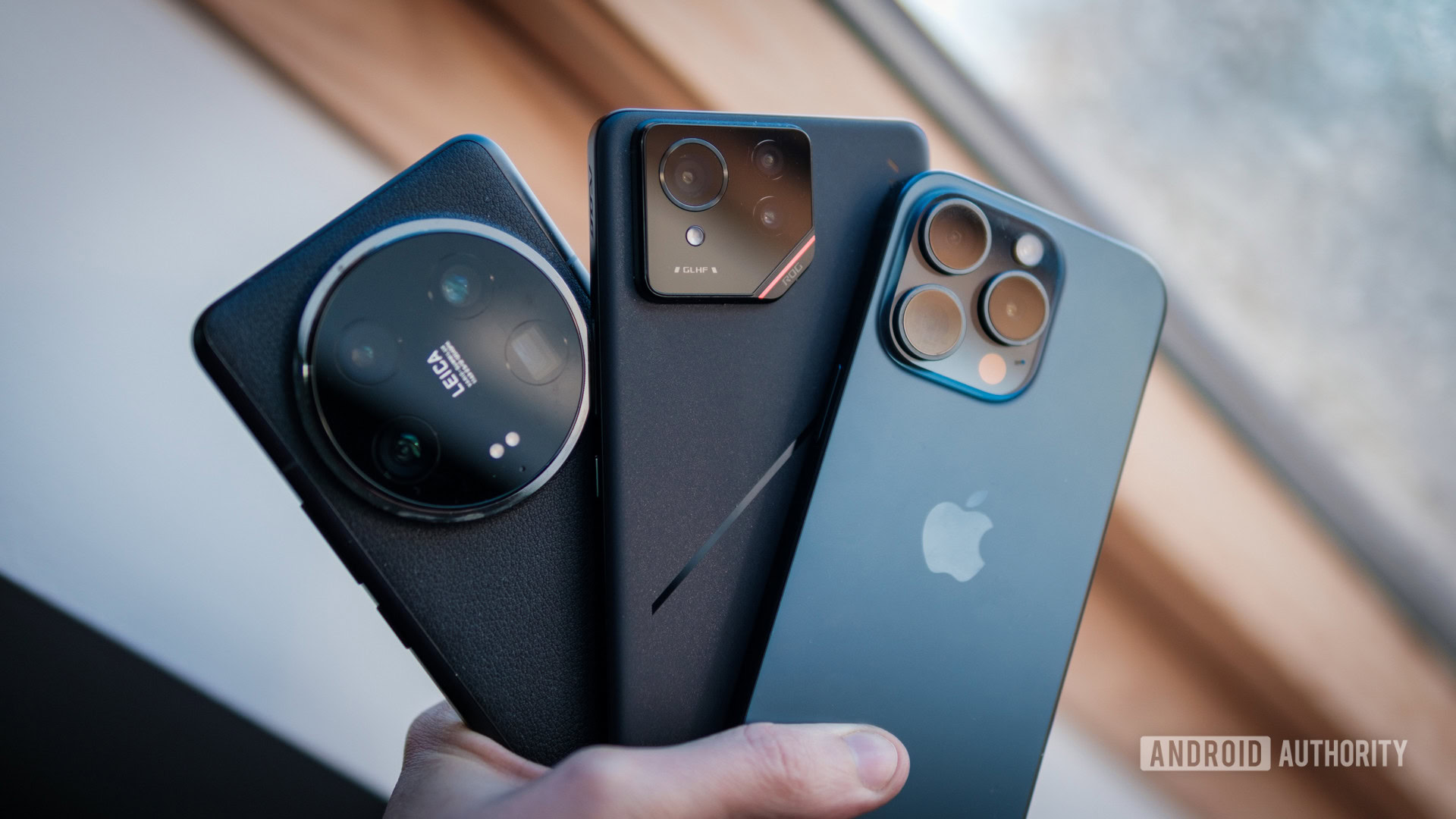
My first mobile phone was the Ericsson A1018s. I bought it at a gas station in 1999 when I was 11 years old. Some of its biggest features were the ability to change the ringtone (there were 12 options) and caller ID — impressive, I know. You could also customize the device by getting a keyboard plate with a different color.
Technology has come a long way since. Today’s smartphones sport large touchscreen displays, impressive cameras, and a bunch of high-tech features. While phones were primarily used for making calls back in the day, we now use them for things like listening to music, browsing the web, playing games, and watching cat videos on YouTube.
If you told me back in 1999 what these devices would be capable of in around 25 years, I’d call you crazy — and I wouldn’t be alone. Back then, no one could have predicted the impact phones would have on our lives. It would have sounded like science fiction.
This got me thinking: What will smartphones of the future look like? What features will these devices have in 20, 30, or even 50 years that seem like science fiction today? Here’s what I’ve come up with.
Mind control
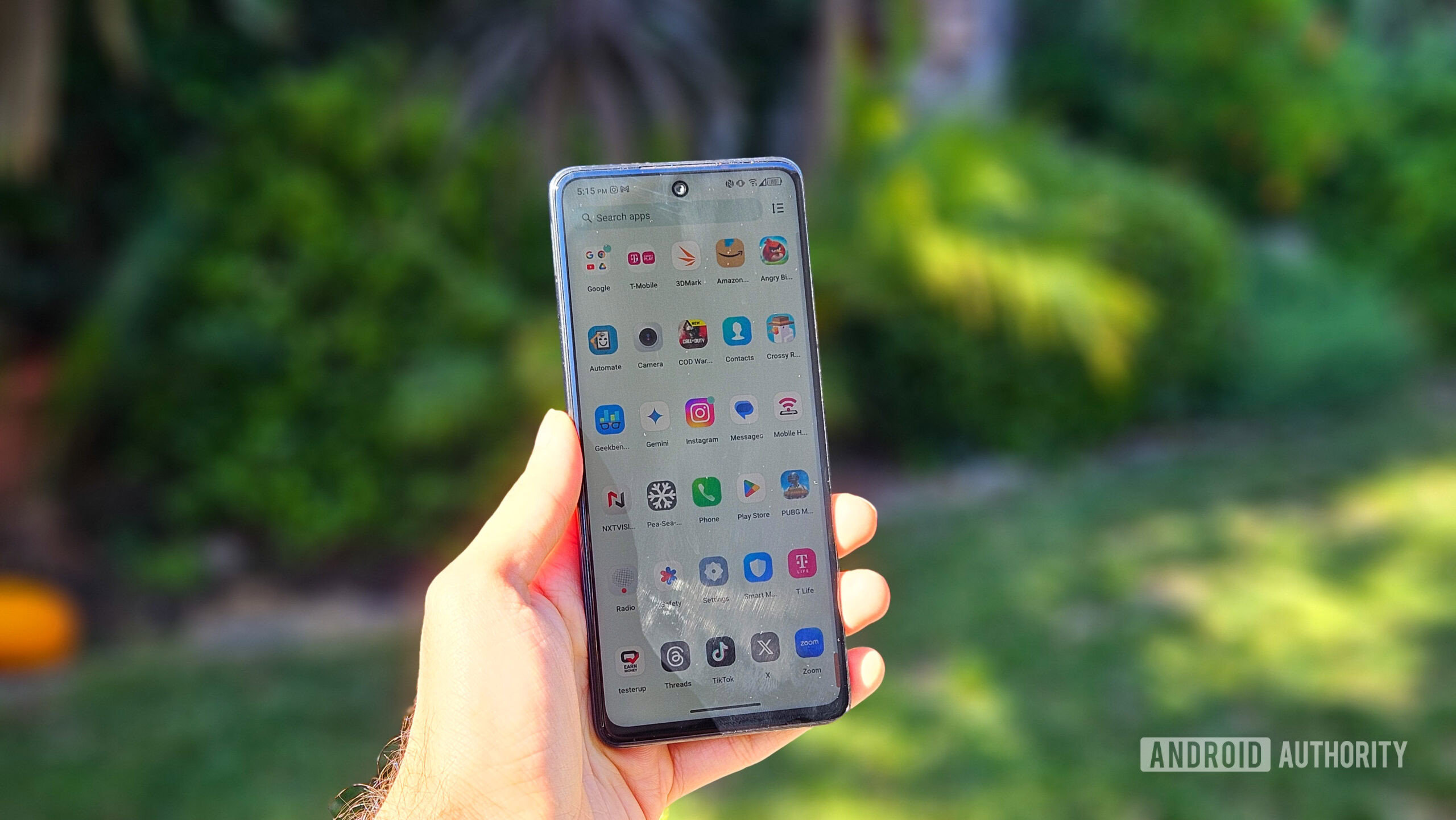
A physical keyboard was the main way of using a phone back in the day and was eventually replaced by the touchscreens we use today. With services like Google Assistant and Gemini Live, we can now also interact with our devices just by using our voices.
I think the next step in this evolution is mind control. The technology would allow you to perform every task you can do via touch or voice with your mind. You could open an app of choice, play a specific video on some futuristic version of YouTube, and even edit images with your thoughts. You could also send a text, control the screen brightness, or create a movie from the videos you’ve captured — you get the picture.
Using smartphones would be a lot faster with mind control. You’d no longer have to search for an app to open it or stretch your finger all the way to the top of the screen to tap it. You could perform any task in a heartbeat.
Scientists are working on translating thoughts into words and actions.
We’re still far, far away from something like this becoming a reality, but progress is being made. Scientists at MIT revealed a device called AlterEgo, which lets users converse with machines with only their thoughts. The project, which kicked off back in 2018, has been in development for a while now, and it will take time before it hits the market — if that ever happens.
A more recent example comes from the University of California, where scientists have been working on translating thoughts into words using a BCI (brain-computer interface) and machine learning. A woman’s thoughts were spoken out by an avatar in her own voice, which is just incredible.
Even though the idea of using a smartphone with your thoughts seems crazy now, it just may become a thing somewhere down the line. However, it will take a while for us to get to that point. Fingers crossed!
Over-the-air charging
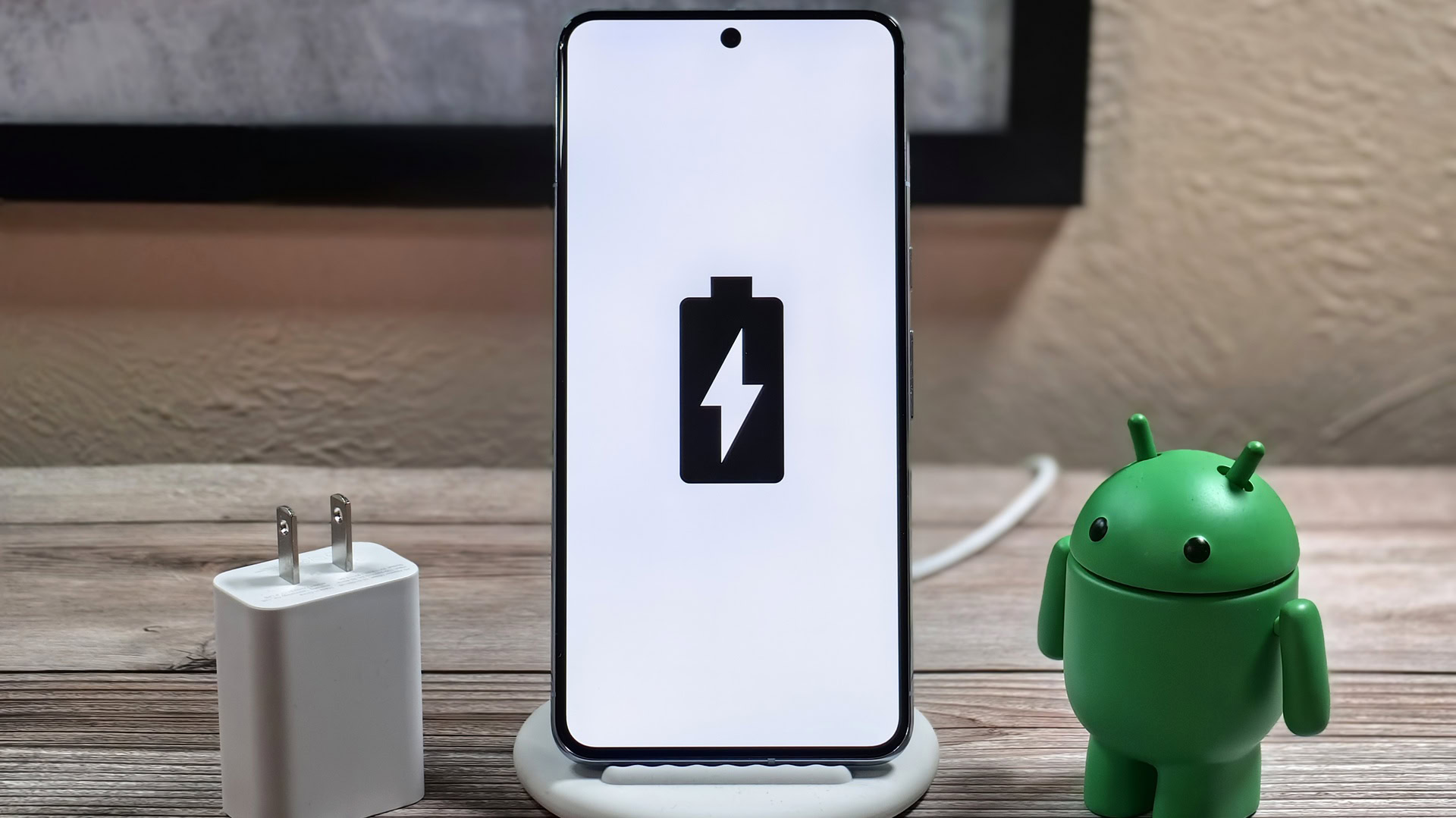
Let’s face it: the battery life of the average smartphone sucks. Even if you have a high-end phone like the Galaxy S24 Ultra with its massive 5,000mAh battery, you’re still only looking at around two days of average use at best. Once the device runs out of juice, you either have to plug it in or place it on a wireless charging pad — if your phone supports it.
Things could be quite different in the future. Motorola revealed its air-to-air charging solution back in 2021, which can power up phones placed up to one meter away from the charging transmitter. Xiaomi showed off a similar solution called Mi Air Charge, which has a radius of a few meters. However, both of these haven’t seen a commercial launch yet. And while I love the idea, I want to take it a step further.
Imagine a future where these transmitters are much more powerful and can charge devices over the air at great distances. They could be placed across countries, just like cell phone towers today, and would constantly charge your smartphone from afar, making sure it never runs out of juice. These charging transmitters would be so powerful that they’d keep your smartphone’s battery at 100 % all the time. You’d never have to worry about battery life again and would get rid of all those pesky charging cables for good.
The technology wouldn’t be exclusive to smartphones either. It would constantly charge all your gadgets, from headphones to smartwatches. It could even charge your electric car.
The good news is that there’s a company out there developing something like this, and it’s called Wi-Charge. It develops transmitters that convert electricity to infrared radiation that charges your devices over the air. The radiation is said to be safe, and the transmitter has a range of 30 feet or around nine meters. The technology seems promising and is already being used by a smart lock manufacturer in the US. However, it is still far away from the idea I have in my head. Regardless, it’s great to see progress being made.
Stretchable phones
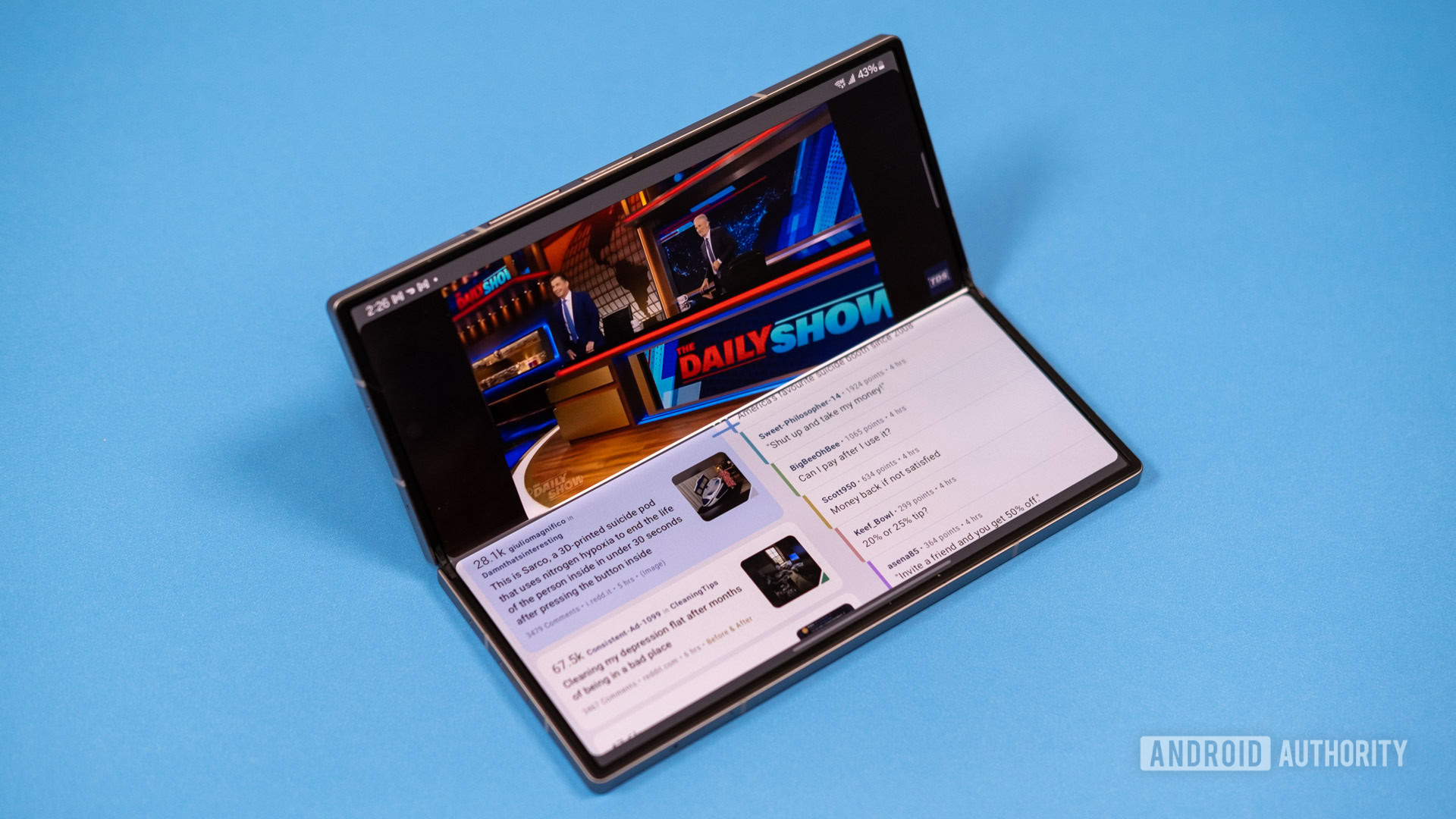
We’ve already seen a bunch of foldable phones over the years including the Samsung Galaxy Z Fold 6, Z Flip 6, Moto Razr, and others. But when I think about the next technological breakthrough in this area, I envision stretchable phones. Instead of unfolding a phone for more screen real estate like with the Z Fold 6, for example, you’d stretch it out to increase its size, sort of like a rubber band. All you’d have to do is pull the phone from two of its corners diagonally.
This type of design would let you quickly increase the size of the device when watching videos and make it smaller to fit in your pocket. Obviously, there would be a limit to how far you can stretch a device. If that limit were 50 percent of the size of a phone, for example, it would mean you could transform a 6-inch display into a 9-inch one.
Work is already being done in the field of stretchable displays, but we’re a long way from fully stretchable phones becoming a reality. Samsung has been working on this technology since 2017 and has recently announced its latest version of a stretchable micro LED display that can stretch for 25%. LG took things up a notch with its own stretchable display this month, which is capable of expanding by 50%.
Of course, to create a fully stretchable phone like I envision, the vast majority of components would have to be stretchable, not just the display. Work is being done in that area, too, with engineering researchers at Michigan State University developing the first stretchable integrated circuit back in 2017. While we haven’t heard much about that project since, we have heard of researchers at Stanford University who have recently developed materials that can be used to make stretchable integrated circuits. They could potentially be one-fifth the size and operate at speeds 1,000 times higher than those of earlier versions.
In addition to making phones larger or smaller, stretchable displays would also add a new dimension to things like gaming and watching videos. Imagine playing a first-person shooter game and the display flexing out while someone is shooting at you — the experience would be a lot more immersive.
Changing colors
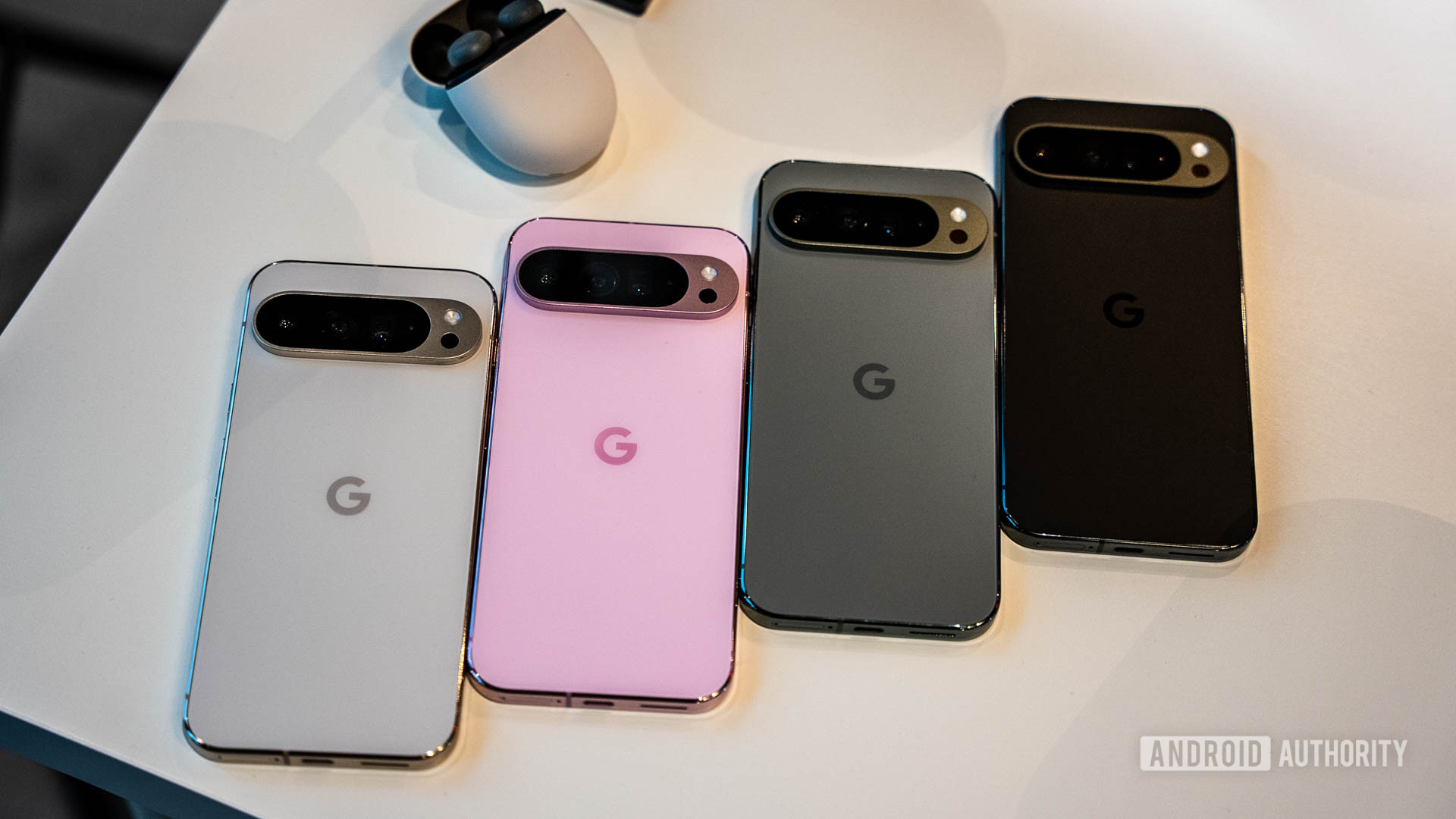
Phones come in a variety of colors, and choosing the best one can often be a struggle. Black, silver, and white give off a more classic vibe, but they’re also boring. Red, green, or purple colorways stand out more but can give devices a toyish, less professional look. With smartphones of the future, you may not have to choose anymore.
Imagine a phone with a completely transparent back made from a glass-like material that fully absorbs light. The device would have one or more LED lights inside, the color of which you could change in the settings of the phone (or maybe with your mind!). When you choose orange, the entire back cover would completely absorb the color of the light and look exactly the same, almost as if it were painted on.
This technology would allow you to switch between different colors as frequently as you’d like. The feature could also have a mode to change the color automatically on a daily basis. With a few LED lights inside properly positioned, you could also create gradient colors.
Work is already being done in this area, although we’re still far away from it becoming a reality. In 2020, OnePlus announced the 8T Concept phone that features a color-changing back panel. It uses what OnePlus calls “Electronic Color, Material, and Finish,” or ECMF for short, which allows the back of the phone to change depending on certain circumstances.
vivo also showed off its color-changing phone back in 2020, while a company called Infinix revealed a color-changing faux leather back for handsets. Even BMW showed off its color-changing car that changes its color in the blink of an eye — check it out in action above.
None of these have made it to market yet. However, the latest report by Driven Car Guide suggests that we could see color-changing BMWs on the road as soon as 2027.
OLED and E-ink in one
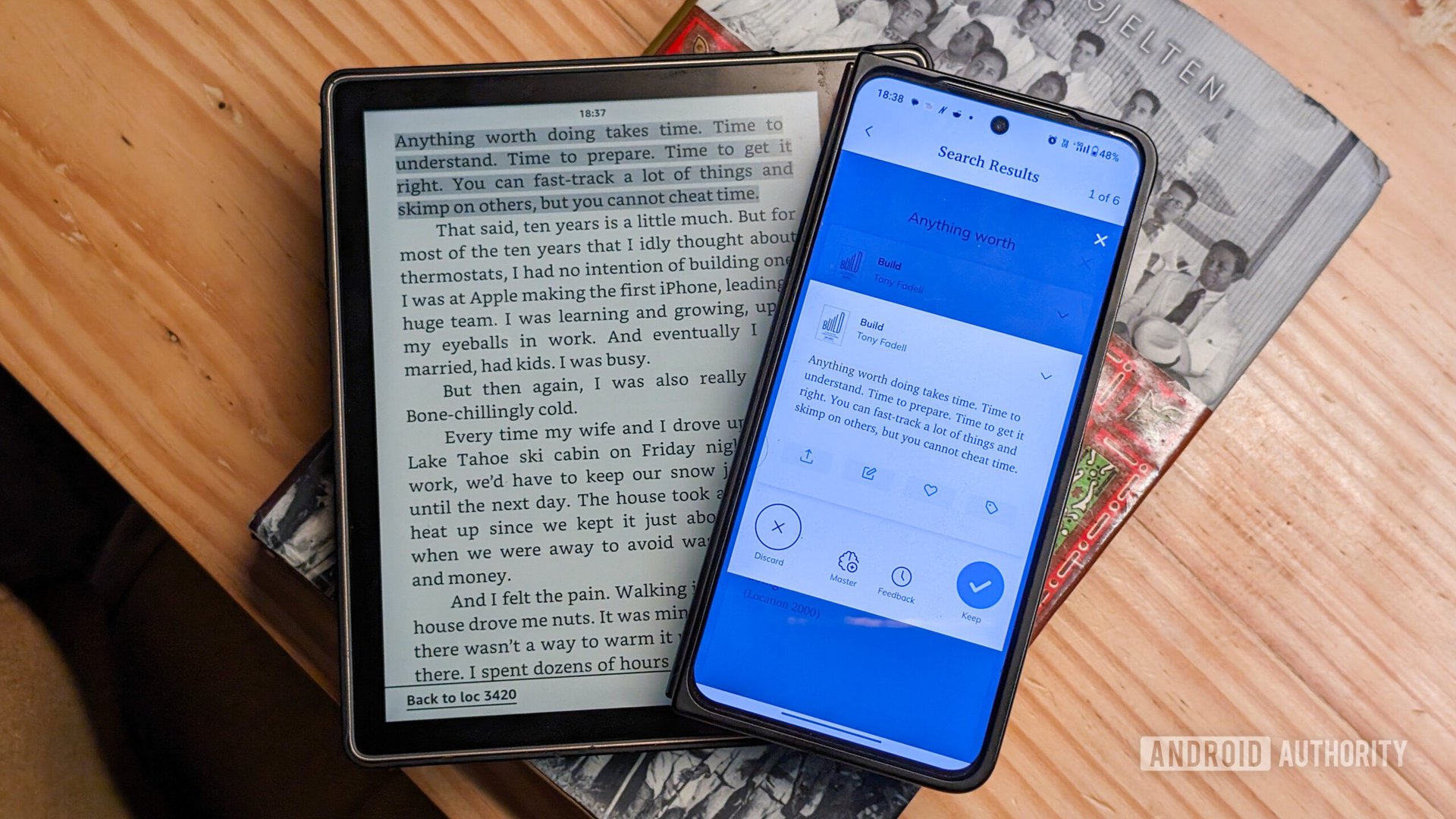
OLED displays are great for watching videos and playing games, but they aren’t the best for reading. E-ink displays, like those in Amazon’s Kindle e-readers, are a much better option. I’ve been using a Kindle Paperwhite for years now and love the fact my eyes don’t get strained after reading for a few hours. It also lets me read outside, under direct sunlight.
This is more or less impossible with OLED displays. Sure, features like night mode filter out blue light and can even turn the screen to monochrome, but even when enabled, OLED displays still don’t come close to matching E-ink technology in terms of reading comfort.
The smartphones of the future I envision would combine OLED and E-ink technology into one, likely killing dedicated e-readers. With a simple tap in the settings, you could transform an OLED display into an E-ink screen for reading books, articles, and various documents without all that light shining into your face. An E-ink display is also a lot less power-hungry, which could mean longer battery life. The latest models also support color, as seen in the latest Kindle.
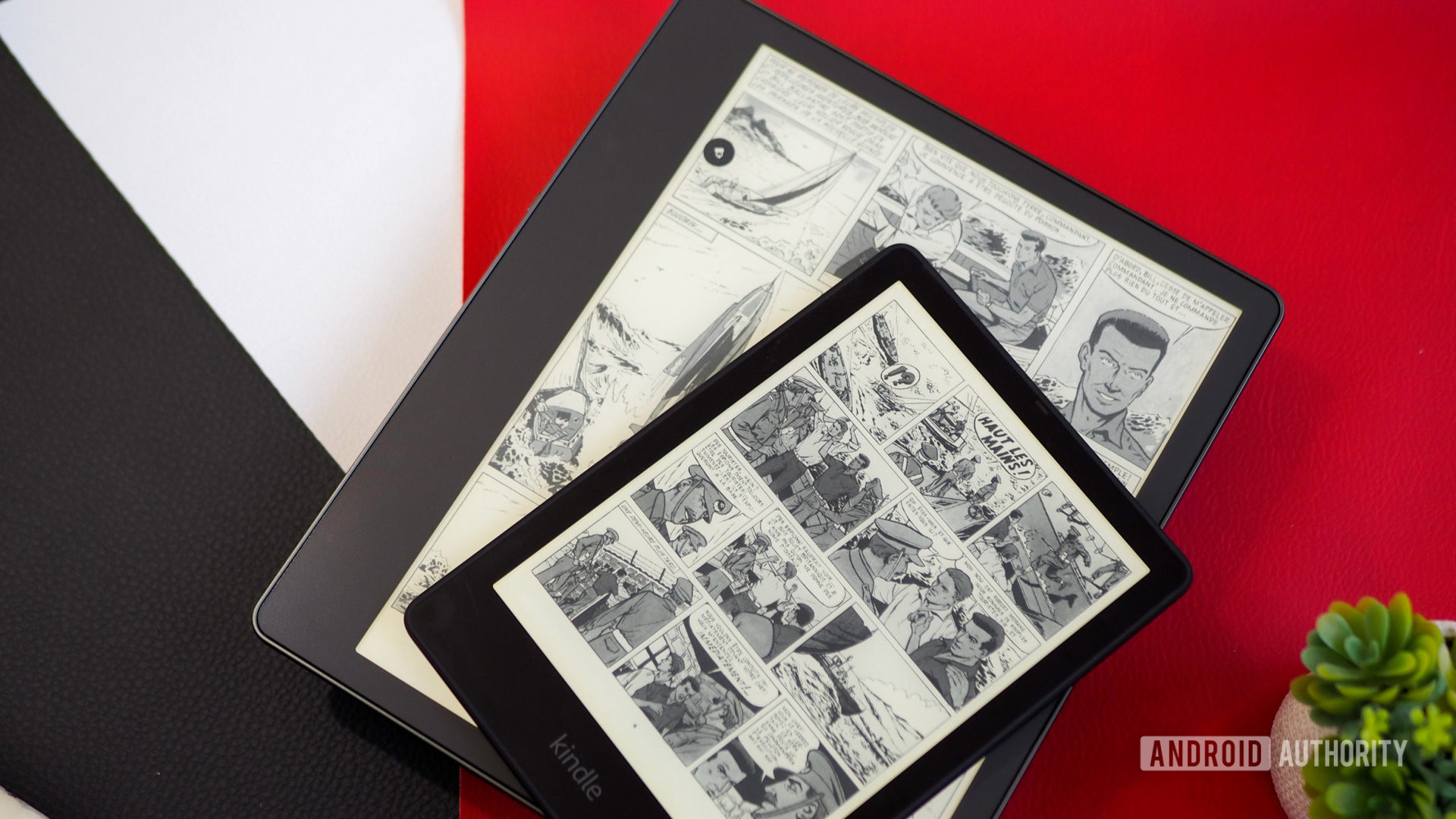
Unfortunately, something like this is impossible at this point. Apple had a similar idea back in 2011 when it applied for a patent regarding a hybrid E-ink/OLED display, but we haven’t seen this technology hit the market yet. There are phones available today featuring both display technologies, but they don’t combine them into one.
The YotaPhone, for example, featured an AMOLED display on the front and an E-ink display on the back. However, that’s an old phone, and the company behind it has declared bankruptcy.
The latest attempt came from Lenovo last year, with the company announcing a laptop with an OLED and an E-ink display. To use one or the other, all you have to do is rotate the screen.
While combining an OLED and an E-ink display in one seems impossible now, it could become a reality in the distant future — crazier things have happened before.
Which of these futuristic smartphone features do you think is the most interesting?
I’ve listed just a few ideas above, but I can think of plenty of others. Self-healing materials would be nice, so you’ll never have to deal with a cracked screen again. Advanced health monitoring also sounds great, with your phone being able to analyze everything from your blood to your skin, serving as a personal MD.
Now it’s your turn — head to the comments and let me know yor crazy ideas. I’d love to hear them.
